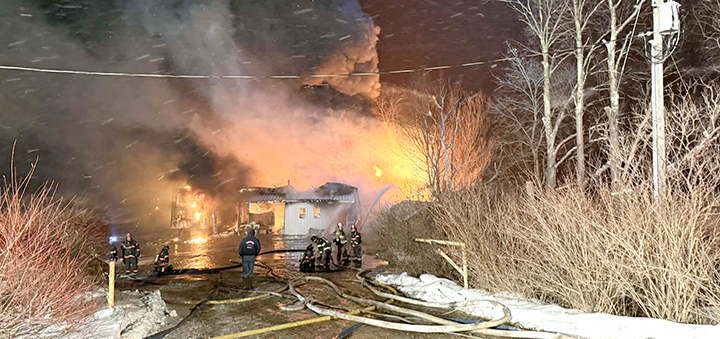Impact of power plant bill on NYRI unclear
ALBANY – Lawmakers in Albany passed legislation last week that would once again streamline New York state’s authority to permit the construction of power generation facilities.
If the Senate and Assembly can agree on one version of the bill and get it inked by Gov. Eliot Spitzer later this month, the law could potentially bring the need for cross-state power lines such as New York Regional Interconnect’s into question, a spokesman for at least one state official said.
The generation siting law, known as Article X, has been expired since Jan. 1, 2003. Since then, any newly proposed projects have had to undergo both local and state reviews, and be subject to environmental review under the State Environmental Quality Review Act. The currently defunct Article X would consolidate that process under one agency; the New York state Public Service Commission.
State Energy Committee Chair Paul Tonko (D-Amsterdam) praised the Assembly’s version of the law, which calls for more public involvement in the review process and holds new projects – no matter what fuel source they will use – to more rigorous environmental standards.
“Our power plant siting bill will establish a thorough process for reviewing new power plants,” Tonko said in a press release Wednesday. “For years, our state has experienced record demands for electricity. We need the energy from new power plants, but they must be built in a responsible way.”







Comments